
In contrast to the August festivities, in mid-October during the week of the 9th and 12th, the Sant Roc festivities are held, originally only the festivities of a neighbourhood, but nowadays the whole town feels them as their own. The main element is popular participation. The festival is centred around the chapel of Saint Roque and Saint Sebastian, the nerve centre of the neighbourhood of the same name.
The organisation of the festival is made up of three groups: the Festivities Commission, which is mainly in charge of organising the Saint Roc festivities and is made up of the 45 barracks and quadrilles; the Moors and Christians Commission, which is in charge of organising the Moors and Christians parade; the queen and the ladies of Saint Roc also form part of the barracks commission; and the queen and the ladies of Saint Roc.
Among the traditional events is the Saint Roc market where you can find, along with the traditional products, those made by the people and for the festival. The market in the village is held on Thursdays and during the week of the festivities it is moved to the Saint Roc neighbourhood, as tradition dictates.
The Dances of Saint Roc have recently been recovered thanks to Dorina Moya Giménez and Raquel Mulet Sanchis who have taught them to the members of the dance group Segreny. They are very simple and popular, a few steps on the spot, rolling, passing and a lot of good humour and harmony, so that everyone could and can dance them. They are a kind of “folies” as people dress up with whatever they have at hand, which makes them very colourful.
It is also worth mentioning the “Esmorzar de la Sardina” (sardine lunch), which is celebrated on the 9th of October. People have a great time eating salted sardines and good bread and drinking the best wine. The whole town comes to the neighbourhood for a good meal of brotherhood. It is not uncommon to see local music and dance performers on the streets of the neighbourhood on this day, as fancy dress is a feature of these festivities.
One of the most important events, thanks to which the festivitie is alive, is the parade of Moors and Christians in which the troupes of the village take part, seven troupes on the Moorish side: Abbasies, Abd El Kader, K Rist Magust, Dolça Gavana, No Wantenc, A Mansalva, Ni Fu Ni Fa, Barracó 37; and six comparsas on the Christian side: Cavallers Albalatencs, Cossitó, Fet Astall, Templaris, Abí-Abò, Ahm-Bent-Alí, is held on the last Saturday of the festivities.
Description of the parade:
Before the start of the Entrance of Moors and Christians, the Parade of Bands takes place, all the music bands that accompany the Moorish and Christian troupes parade alone, with some member of the troupe they represent, until they reach the square where all the bands play a Moorish or Christian march together.
In the Entry of Moors and Christians, as well as the troupes, there can be “boatos”, street shows, accompanied by floats, fire, dance, music…, the Queen and the Ladies also parade in the entry, first on a float from where they hand out toys and sweets, and at the end they do it as a troupe, parading to the rhythm of a Moorish or Christian march.
Origins of the festival
In principle, the festival was held at the end of the rice harvest and before the orange harvest, days when traditionally there was less work and people took advantage of the occasion to have a good time (lunches, dinners, lots of food and lots of drink), a very popular festival, with practically no budget and based on imagination and a great desire to have fun, which gave it a particular idiosyncrasy.
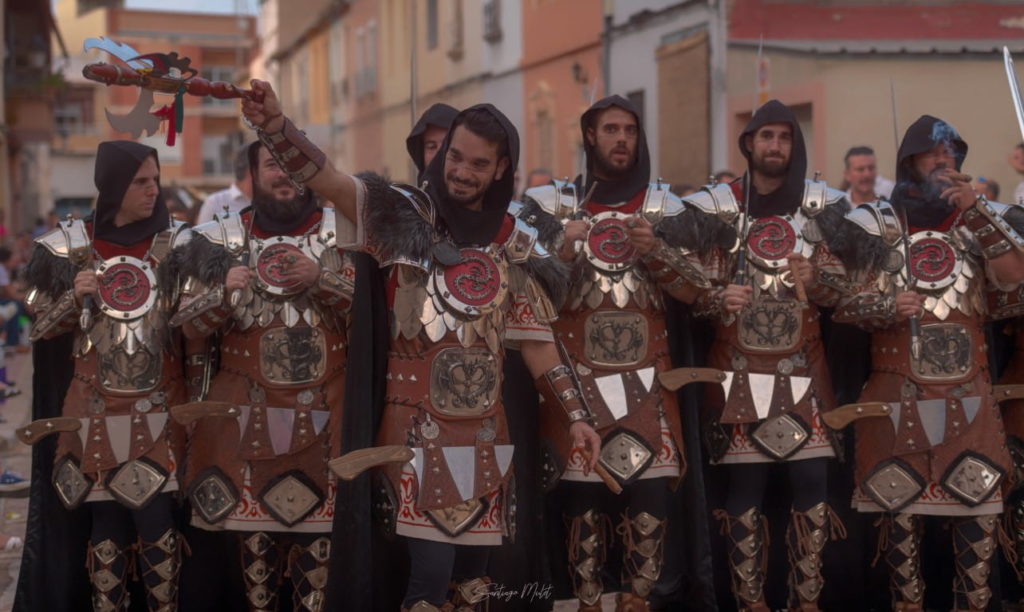

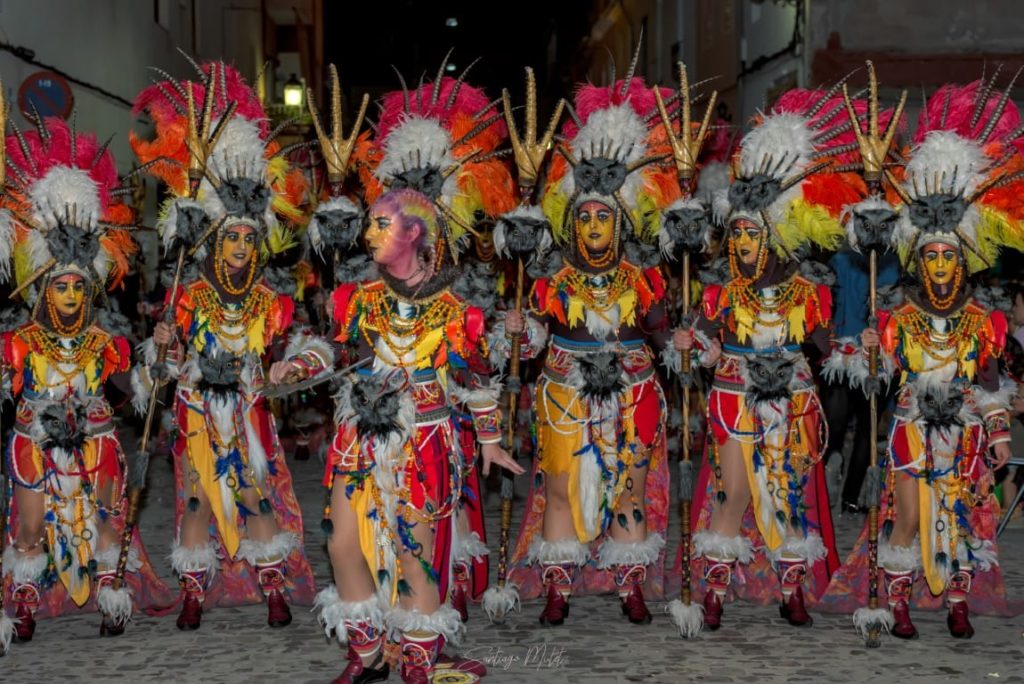
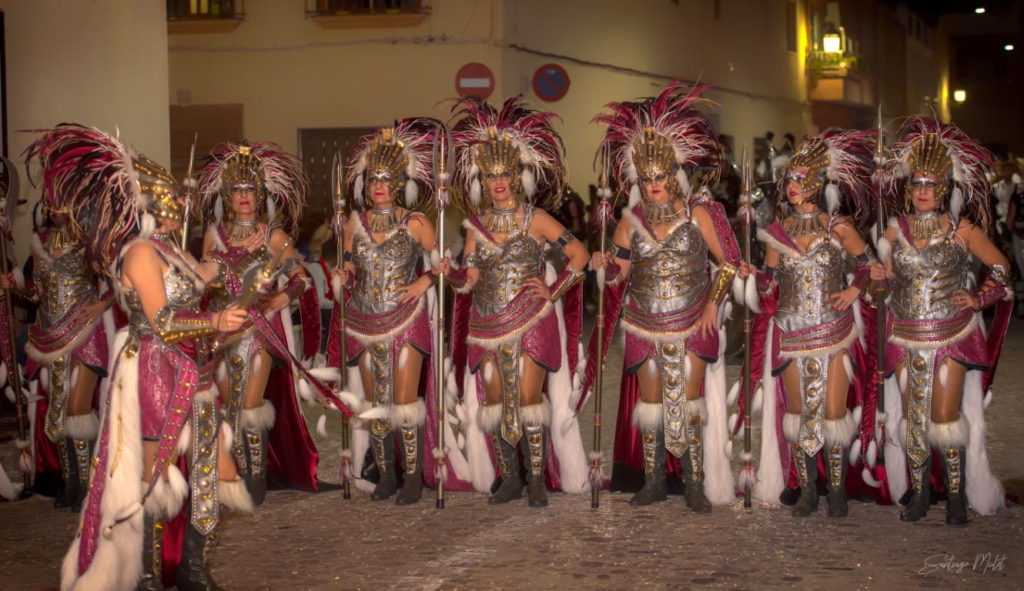
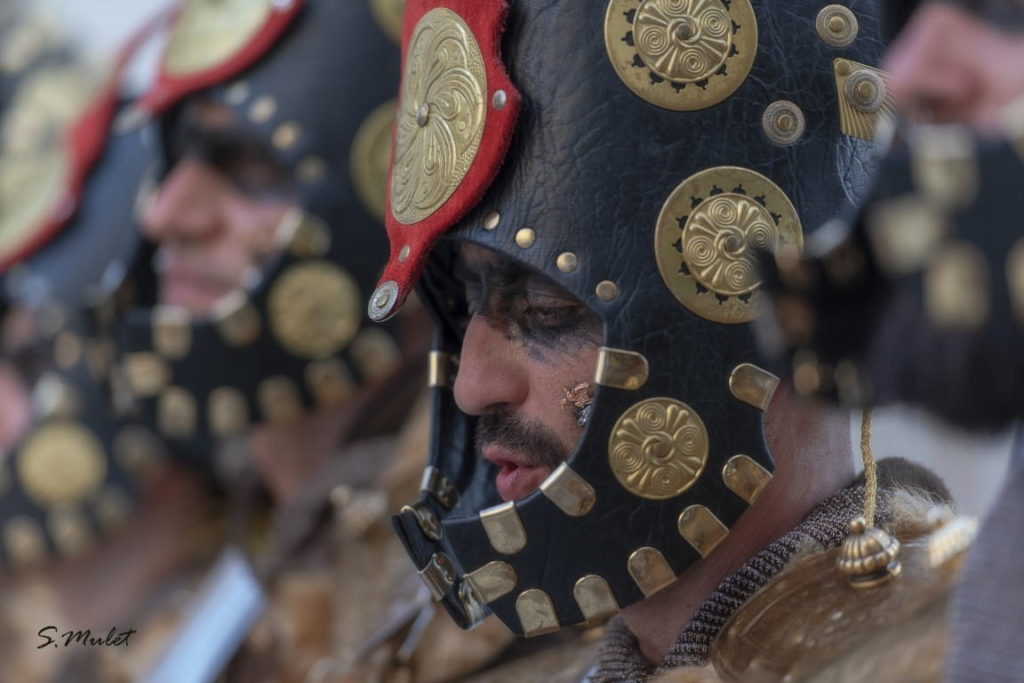
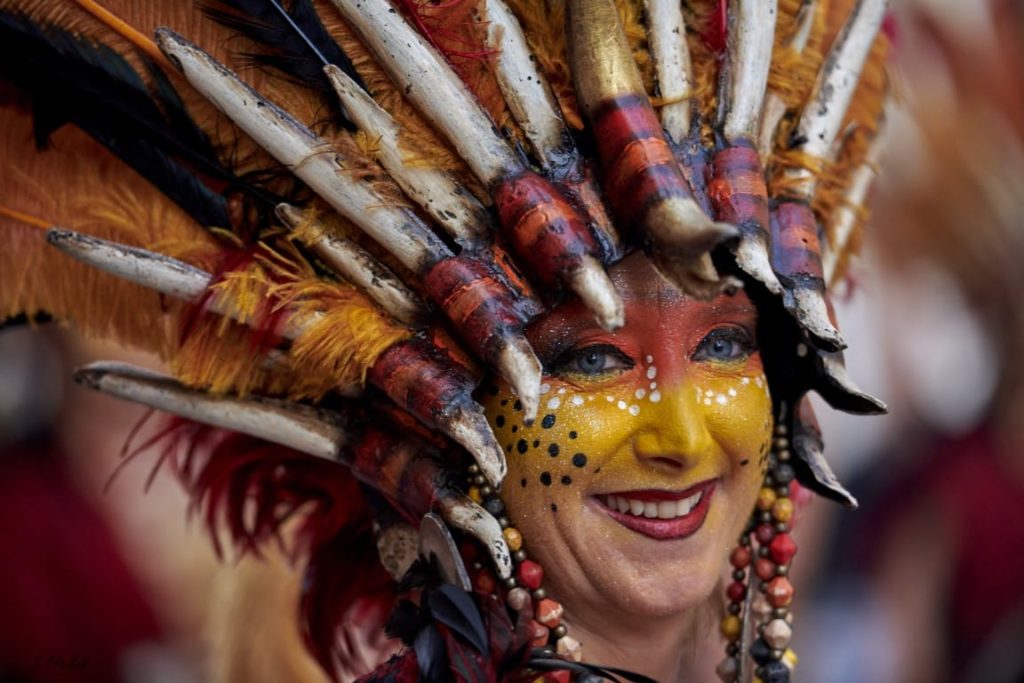
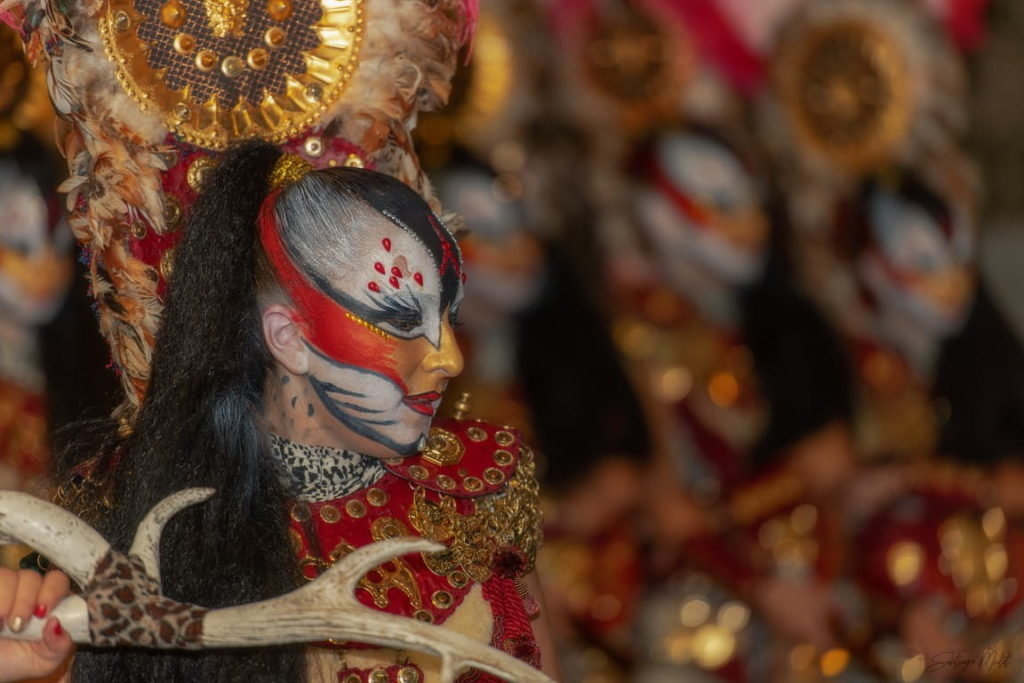

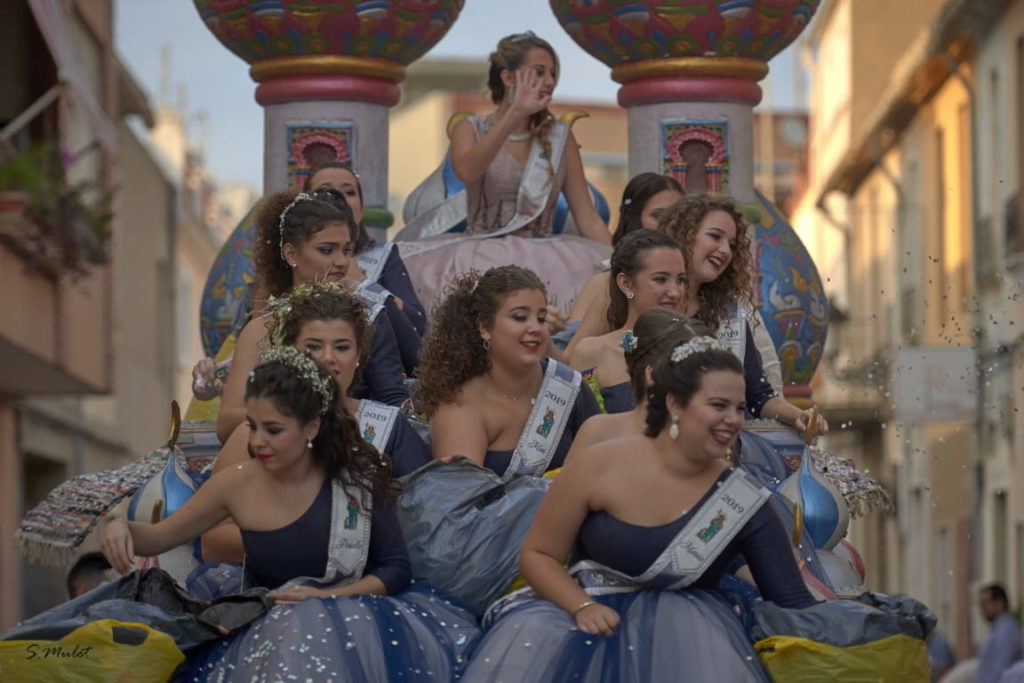
Albalat in social networks

